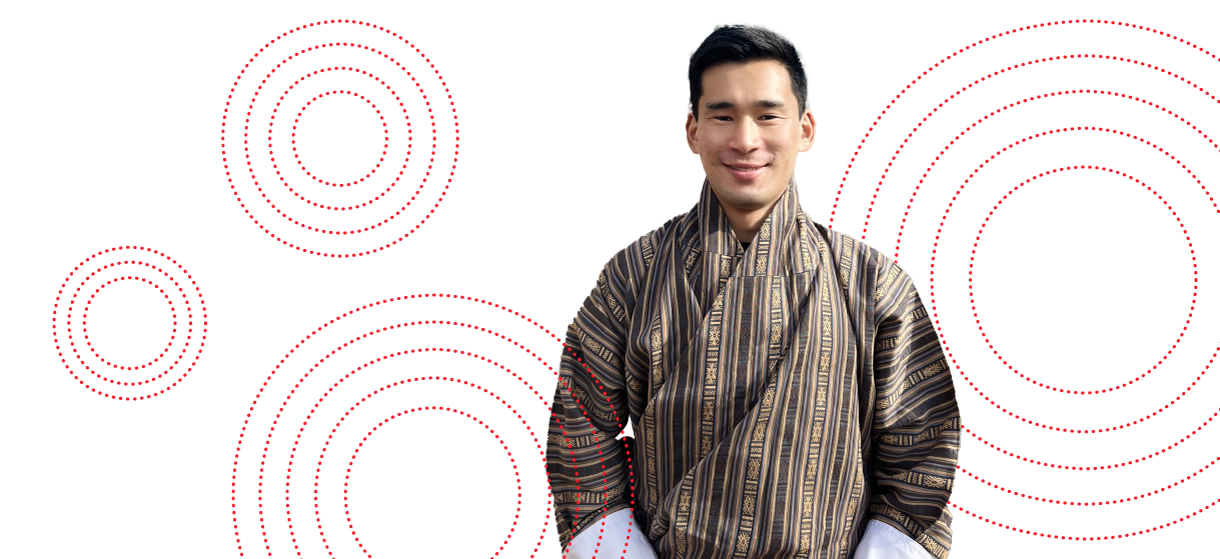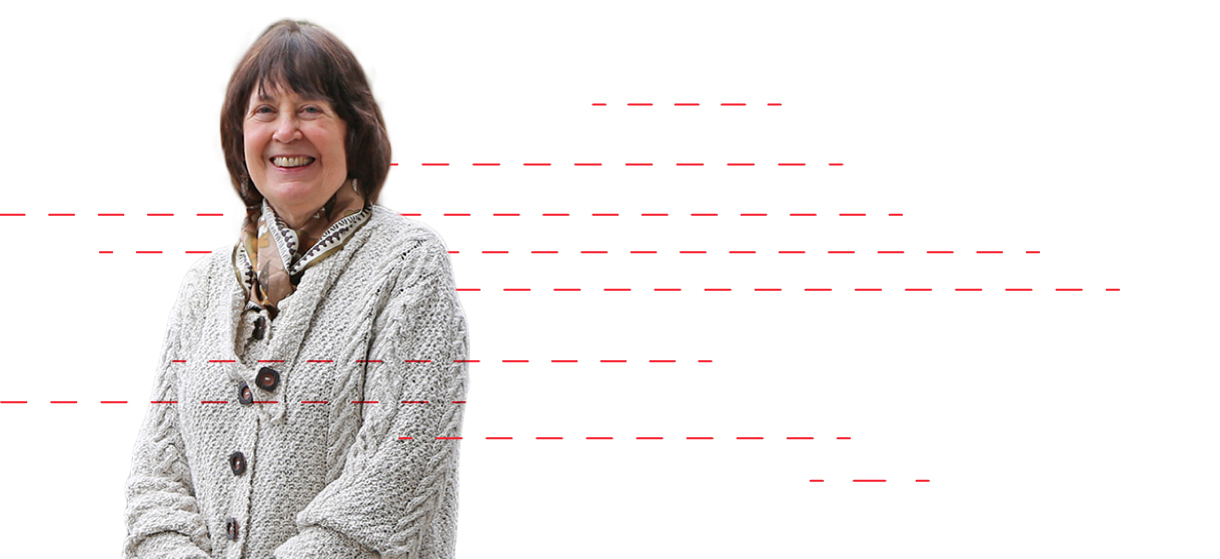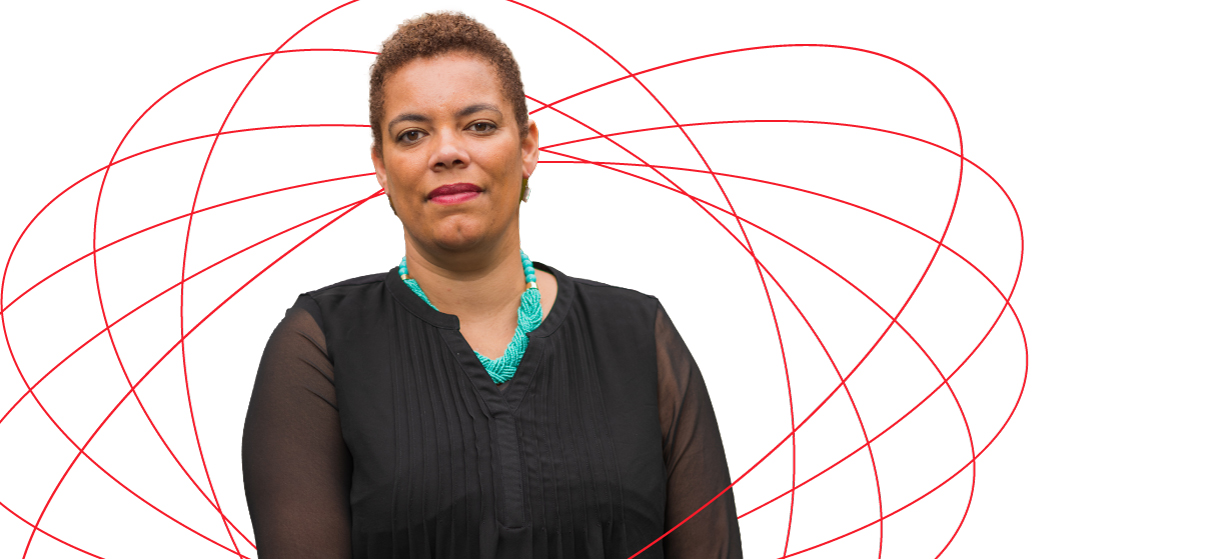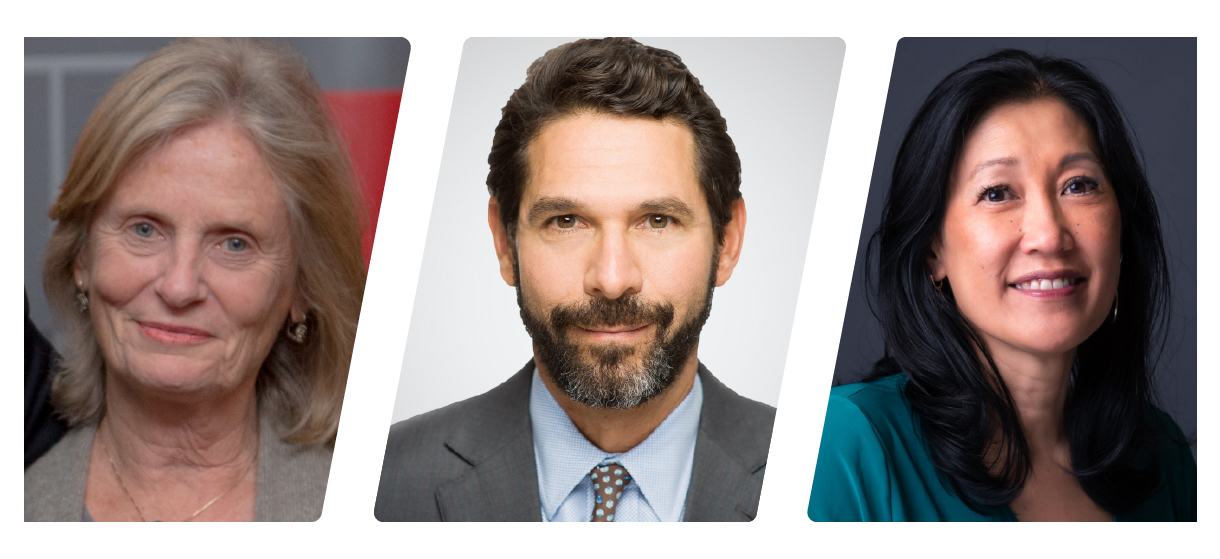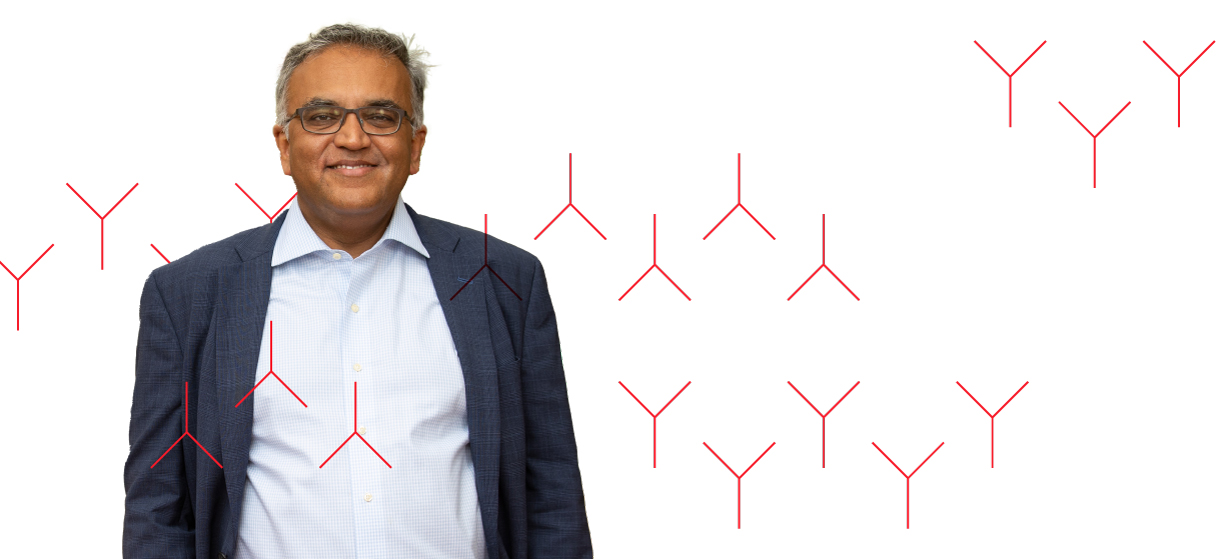
Dr. Ashish K. Jha
DEAN, BROWN SCHOOL OF PUBLIC HEALTH
In a world still fighting a pandemic, the challenges facing public health are historic. COVID-19 exposed weaknesses across our global health systems, powering a surging demand for more effective public health strategies.
“This is both a public health moment and the beginnings of a public health movement,” says Dr. Ashish K. Jha, dean of Brown’s School of Public Health. “We must acknowledge both and take action to lead, now and into the future.”
Brown is deeply immersed in the intricacies of maintaining and promoting population health. The University has established strong partnerships in Rhode Island and beyond, working with the Rhode Island Department of Health, local community leaders, key federal agencies, and foundations and organizations on the national and global level. In particular, Brown has consistently supported its faculty in their contributions to the national and international pandemic response.
“Across the School of Public Health, people are involved in a lot of different aspects of this work, from setting testing targets, to addressing vaccine hesitancy, to doing modeling,” says Dr. Jha. “We are working hard to provide data and evidence to help guide policymakers in Rhode Island, across the nation, and even some places outside of the U.S.”
Dr. Jha is recognized globally as an expert in pandemic preparedness and response. He is highly visible on the national stage, providing data-driven analysis and insight to advance the best public health practices and advising leaders throughout each stage of the crisis.
But long before the pandemic thrust population health into the spotlight, the University was building the infrastructure it needed to become a national leader in this moment. Donor funding through the BrownTogether campaign has enabled the school to add more renowned scholars in areas like biostatistics, health equity, and epidemiology, and to establish academic centers, such as the Hassenfeld Child Health Innovation Institute, that integrate research, training, and community participation in areas of crucial importance to society.
“Brown’s most important strength is its ability to bring people together from across disciplines,” says Dr. Jha. “That's actually one of the main reasons I decided to come to Brown; almost all the big public health challenges require a multidisciplinary approach, and Brown is well suited to do that.”
These challenges are much broader than the problems laid bare by the pandemic. They include combating misinformation across health care, the effect of climate change on health, addressing systemic racism that causes persistent negative health outcomes for people of color, and determining how technology and data science can help shape the future of public health.
“There are things that we need to continue to build on, including our working with aging populations and addiction studies,” says Dr. Jha. “But we also have to realize that the world is shifting, and there are new things we need to tackle. Obviously, gathering more resources will be central to maintaining the school’s excellence. Targeted growth that leads to impact in these emerging priorities is going to be the defining feature of this school over the next five years.”
